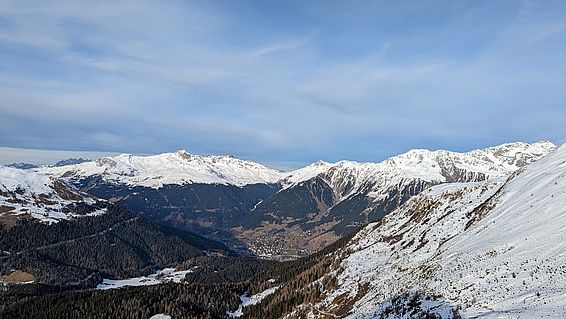The snowfall level is rising, and the amount of snow falling – if any – is less than usual. As a result, summer and autumn droughts are becoming more frequent.
With many ski resorts and toboggan runs closed and horse-drawn carriages using wheels instead of runners, the 2022/23 winter season has got off to a slow start. For weeks, snowfall and snow depths in many areas have fallen short of expectations and below the long-term averages. If the snow situation continues like this throughout the winter, drought could become a problem again this summer, warns Manuela Brunner, head of the new Hydrology & Climate Impacts in Mountain Regions research group at the SLF: "Today's snow deficit is next summer and autumn's drought." That would be the second time in a row after the low-snow winter of 2021/22.
Dry conditions in summer and autumn cause problems for a range of plants, from grasses and shrubs through to trees. The energy industry too has to adapt to changing water levels in its reservoirs.
In a recent study, Brunner examined how droughts in Switzerland, and specifically their trigger factors and deficits, have altered over the past 50 years. These deficits indicate the amount of water lacking during a dry period and are a measure of how severe a drought is. Among other things, Brunner's research focused on the relationship with snowpack and snowpack decline. The figures are stark. "In the period from 1994 to 2017, the number of drought events triggered by snowmelt deficits increased by 15% compared with the period from 1970 to 1993," the scientist notes. One reason is that the snowfall level – i.e. the altitude at which precipitation falls as snow that is deposited on the ground – is rising and therefore less snow is falling.
Brunner has identified climate change as the cause of the drier conditions. Climate change also compounds the problem in another way: as temperatures rise, more water evaporates and soils and river beds dry out faster. And the climate scientist believes there is no prospect of a change any time soon. On the contrary: "The trend is set to continue."
Contact ¶
Links ¶
Publications ¶
Copyright ¶
WSL and SLF provide the artwork for imaging of press articles relating to this media release for free. Transferring and saving the images in image databases and saving of images by third parties is not allowed.
